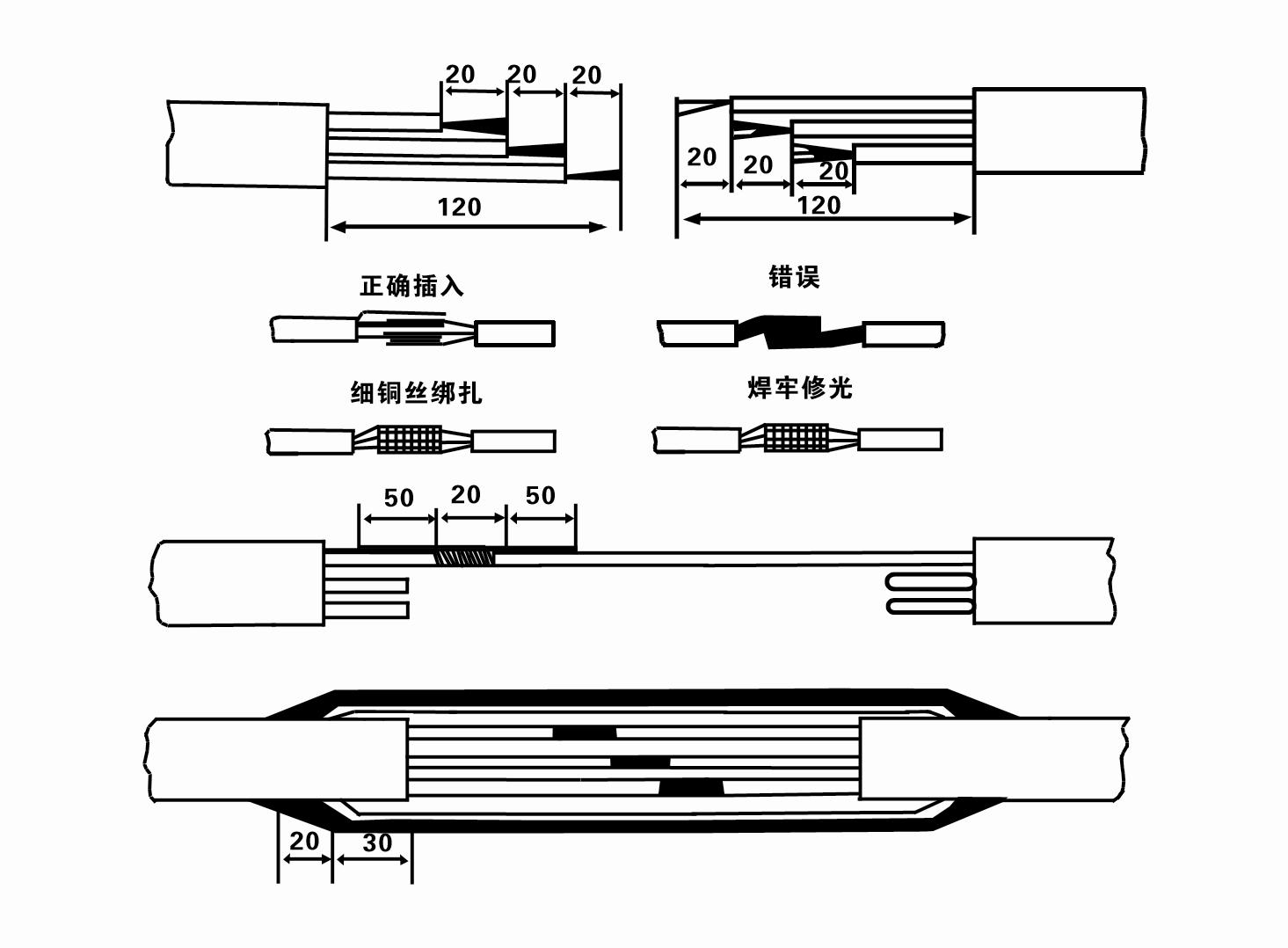Nov . 20, 2024 15:35 Back to list
submersible deep well pump installation
Installation of Submersible Deep Well Pumps A Comprehensive Guide
Submersible deep well pumps are essential components in various applications, such as supplying water for irrigation, municipal use, and industrial processes. These pumps work efficiently, operating underwater to push water to the surface. The installation process, however, requires careful planning and execution to ensure optimal performance and longevity. In this article, we will explore the key steps and considerations involved in the installation of submersible deep well pumps.
Pre-Installation Preparations
Before the actual installation begins, it is crucial to conduct a thorough assessment of the well and its environment. Start by measuring the depth of the well and the water level, ensuring that the pump chosen is suitable for these parameters. Additionally, you need to assess the well's diameter; submersible pumps come in various sizes, and a proper fit is vital for efficient operation.
Investigate the water quality as well. Factors such as the presence of sand, silt, or other contaminants can affect pump performance. A submersible pump’s lifespan may be shortened if it's subjected to abrasive materials. Consider conducting a water test to check for acidity, salinity, and other essential characteristics.
Selecting the Right Pump
Once the preliminary assessments are complete, the next step is selecting the appropriate submersible deep well pump. This decision is based on several factors, including the well depth, the required flow rate, and the type of fluid to be pumped. Consult with a pump specialist or refer to manufacturer specifications to choose a pump that meets your needs.
Installation Steps
1. Safety First Before beginning the installation, ensure safety precautions are in place. Wear appropriate safety gear and ensure that the electrical components are shut off to prevent accidents during the installation process.
2. Assemble Necessary Tools and Equipment Gather all the tools and equipment required for installation, including wrenches, pliers, a torque wrench, safety ropes, and a hoist or pulley system for lifting heavy equipment.
submersible deep well pump installation

3. Prepare the Wellhead Ensure the wellhead is accessible and clean. The discharge pipe and electrical connections should be in place and ready for the pump installation.
4. Lowering the Pump Using a hoist or pulley system, carefully lower the submersible pump into the well. Take care to maintain vertical alignment to avoid damaging the pump or the well casing. Utilize guide rails if necessary to ensure proper alignment and prevent tangling of power cables.
5. Connecting the Discharge Pipe Once the pump is at the desired depth, securely connect the discharge pipe to the pump outlet. Ensure that all connections are watertight to prevent leaks during operation.
6. Electrical Connections Connect the pump’s power cable to the control panel or electrical source according to local electrical codes. Consider hiring a licensed electrician for this part if you are not experienced in electrical work.
7. Testing the System After everything is connected, it’s time to test the system. Turn on the pump to ensure it operates correctly and check for any issues, such as unusual noises, vibrations, or leaks. Monitor the flow rate and water quality to confirm the installation was successful.
8. Finalizing the Installation Once the pump is confirmed to be operating smoothly, secure all access points and remove any tools from the site. Make sure that all components are properly sealed to protect against debris and contamination.
Maintenance Considerations
After installation, regular maintenance is crucial for the longevity of a submersible deep well pump. Schedule periodic inspections to check for wear and tear, and ensure that the electrical components are functioning correctly. Clean the system, and if necessary, consider installing water filters to improve water quality.
Conclusion
Installing a submersible deep well pump may seem daunting, but with proper preparation and execution, it can be a straightforward process. By following the steps outlined above and adhering to safety and maintenance best practices, you can ensure that your pump operates efficiently, providing a reliable water supply for many years to come.
-
Submersible Water Pump: The Efficient 'Power Pioneer' of the Underwater World
NewsJul.01,2025
-
Submersible Pond Pump: The Hidden Guardian of Water Landscape Ecology
NewsJul.01,2025
-
Stainless Well Pump: A Reliable and Durable Pumping Main Force
NewsJul.01,2025
-
Stainless Steel Submersible Pump: An Efficient and Versatile Tool for Underwater Operations
NewsJul.01,2025
-
Deep Well Submersible Pump: An Efficient 'Sucker' of Groundwater Sources
NewsJul.01,2025
-
Deep Water Well Pump: An Efficient 'Sucker' of Groundwater Sources
NewsJul.01,2025
-
 Submersible Water Pump: The Efficient 'Power Pioneer' of the Underwater WorldIn the field of hydraulic equipment, the Submersible Water Pump has become the core equipment for underwater operations and water resource transportation due to its unique design and excellent performance.Detail
Submersible Water Pump: The Efficient 'Power Pioneer' of the Underwater WorldIn the field of hydraulic equipment, the Submersible Water Pump has become the core equipment for underwater operations and water resource transportation due to its unique design and excellent performance.Detail -
 Submersible Pond Pump: The Hidden Guardian of Water Landscape EcologyIn courtyard landscapes, ecological ponds, and even small-scale water conservancy projects, there is a silent yet indispensable equipment - the Submersible Pond Pump.Detail
Submersible Pond Pump: The Hidden Guardian of Water Landscape EcologyIn courtyard landscapes, ecological ponds, and even small-scale water conservancy projects, there is a silent yet indispensable equipment - the Submersible Pond Pump.Detail -
 Stainless Well Pump: A Reliable and Durable Pumping Main ForceIn the field of water resource transportation, Stainless Well Pump has become the core equipment for various pumping scenarios with its excellent performance and reliable quality.Detail
Stainless Well Pump: A Reliable and Durable Pumping Main ForceIn the field of water resource transportation, Stainless Well Pump has become the core equipment for various pumping scenarios with its excellent performance and reliable quality.Detail
